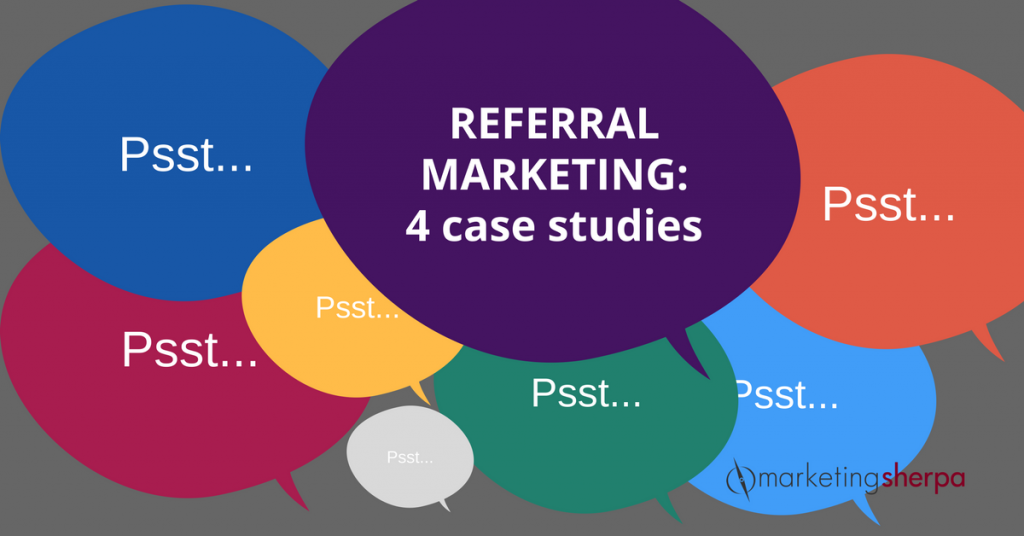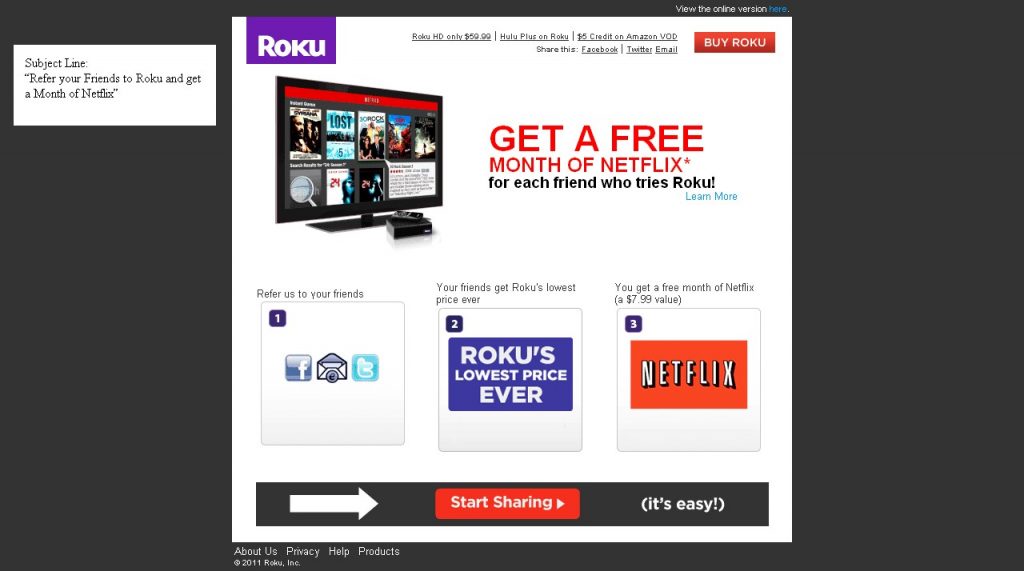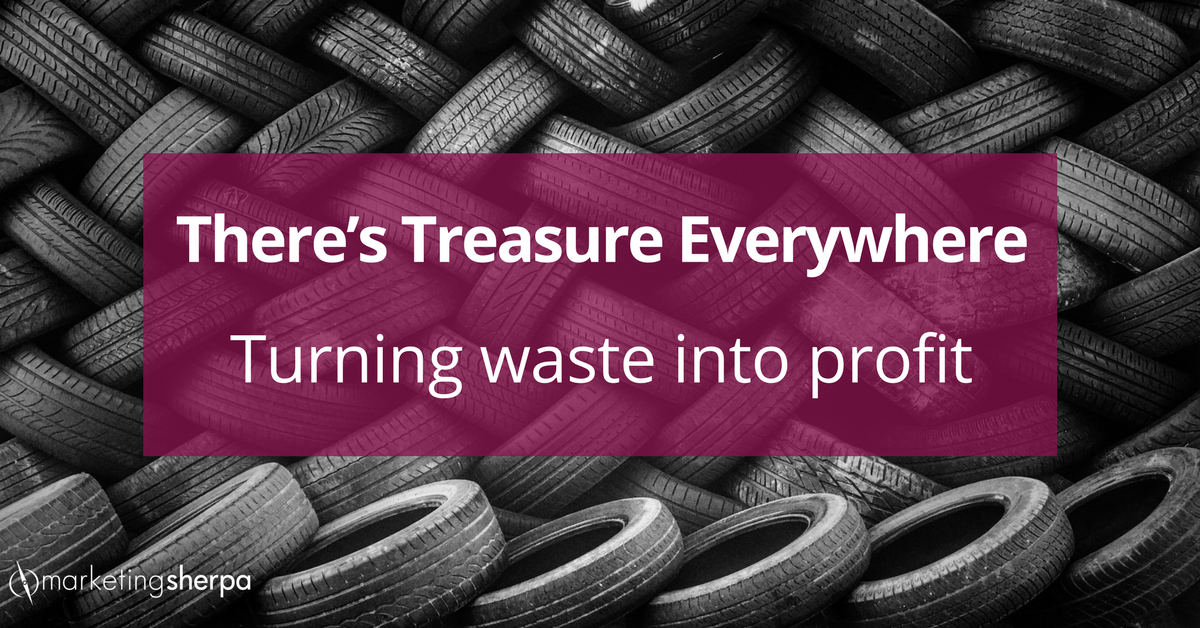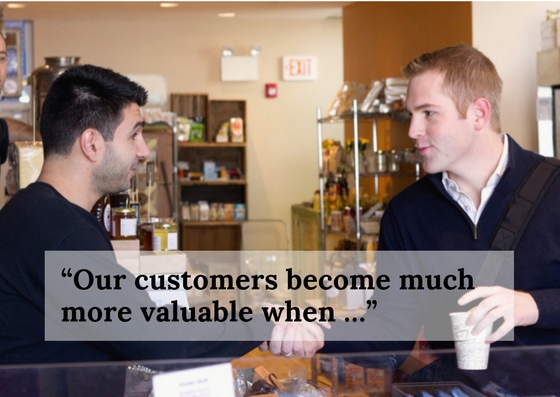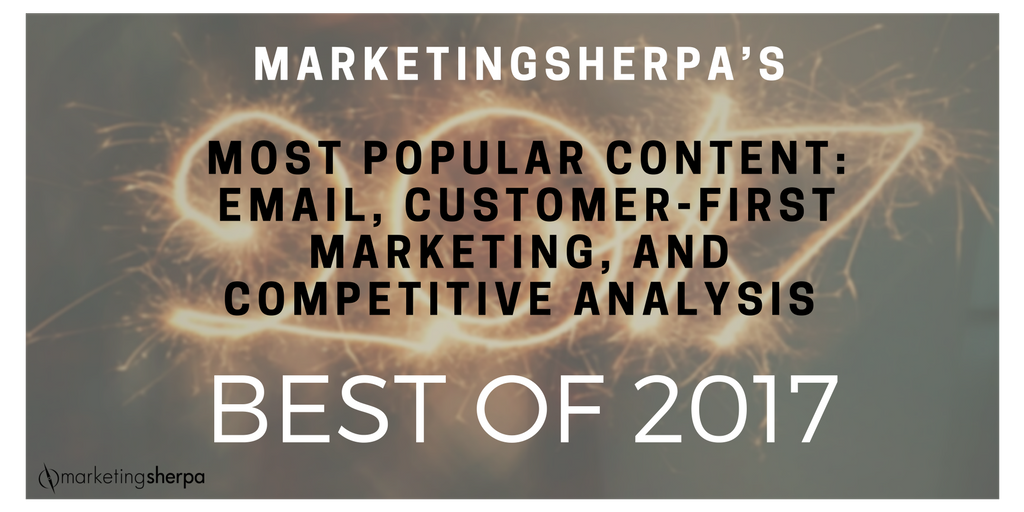Email Testing: 7 tips from your peers for email conversion optimization
We recently asked the MarketingSherpa audience for tips on running effective email tests. Here are a few of the most helpful responses to consider as you start to develop an email testing program.
Tip #1: Start with send time and subject line testing
“Testing and measuring open rate data for send times and subject lines is the best place to start. Once the open rates increase, you can work on the messaging to improve email engagement and conversions.” – Markelle Harden, Content Marketing Specialist, Classy Inbound
Tip #2: The language of your best customer
“Subject line tests are an incredible way to drill down into the language of your best customer and we use this to directly influence the rest of the offer.” – Al Simon
Tip #3: Don’t overlook the landing page
“Landing page tests are especially important and often overlooked. The more seamless the experience leading to the call to action, the higher the conversion rate. I have seen conversions increase substantially as the landing page was edited based on test results to more specifically match the offer.” – Susan F. Heywood, Marketer, educator, entrepreneur




